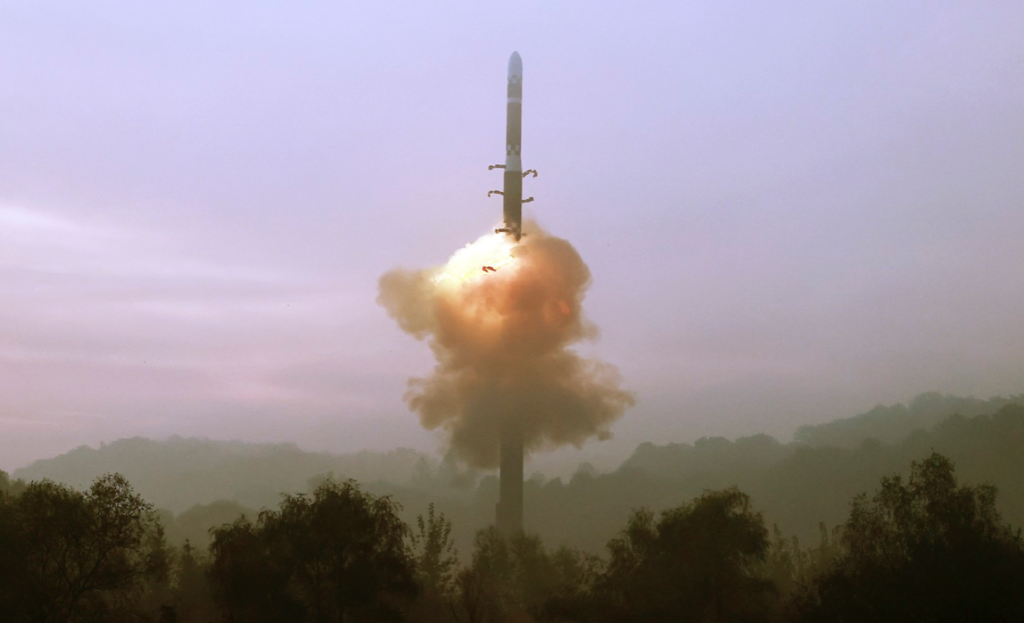An intercontinental ballistic missile during a test Photo: STR / AFP
On Thursday, 21 November, Russia fired an intercontinental ballistic missile (ICBM) towards Ukraine. This was reported by the Armed Forces of Ukraine, noting that this is the first time such weapons have been used in the war, which has lasted more than 1,000 days, CNNreports.
What are ICBMs and why is it important?
An intercontinental ballistic missile is a strategic weapon capable of hitting targets at distances of more than 5,500 kilometres, with some models having a range of 9,000 kilometres or more. ICBMs can carry both conventional warheads and nuclear warheads, making them one of the most powerful elements of modern military equipment.
Unlike cruise missiles, which fly at lower altitudes and use jet engines, ICBMs are launched into space and re-enter the atmosphere along a ballistic trajectory. This makes them much more difficult to intercept by air defence systems.
Possible reasons for the launch
According to military experts, the use of an intercontinental missile may indicate Russia’s attempt to demonstrate force in response to the West’s increased military support for Ukraine. In particular, this week, Ukraine used Storm Shadow (UK) and ATACMS (US) missiles to strike Russian targets, which caused outrage in the Kremlin.
The Ukrainian military did not specify what model of ICBM was launched, whether it caused damage, or whether it was intercepted. At the same time, the Kremlin, commenting on the situation, said it had “no information” about the missile launch, although Moscow had previously warned that it considered strikes on its territory to be a significant escalation.


